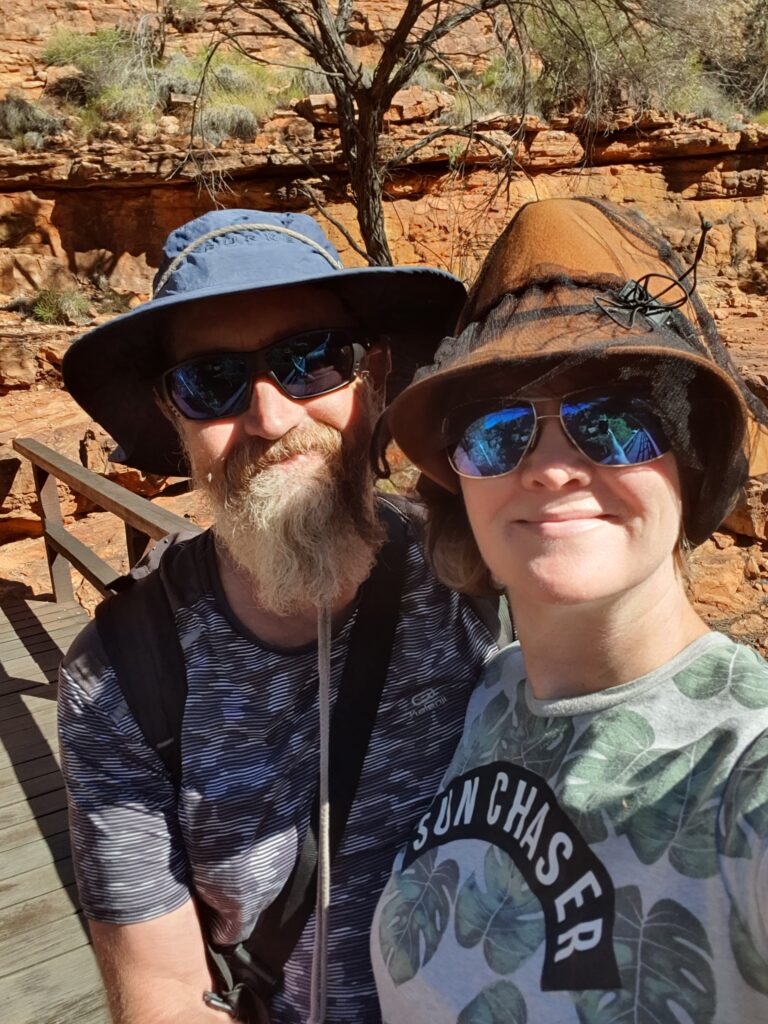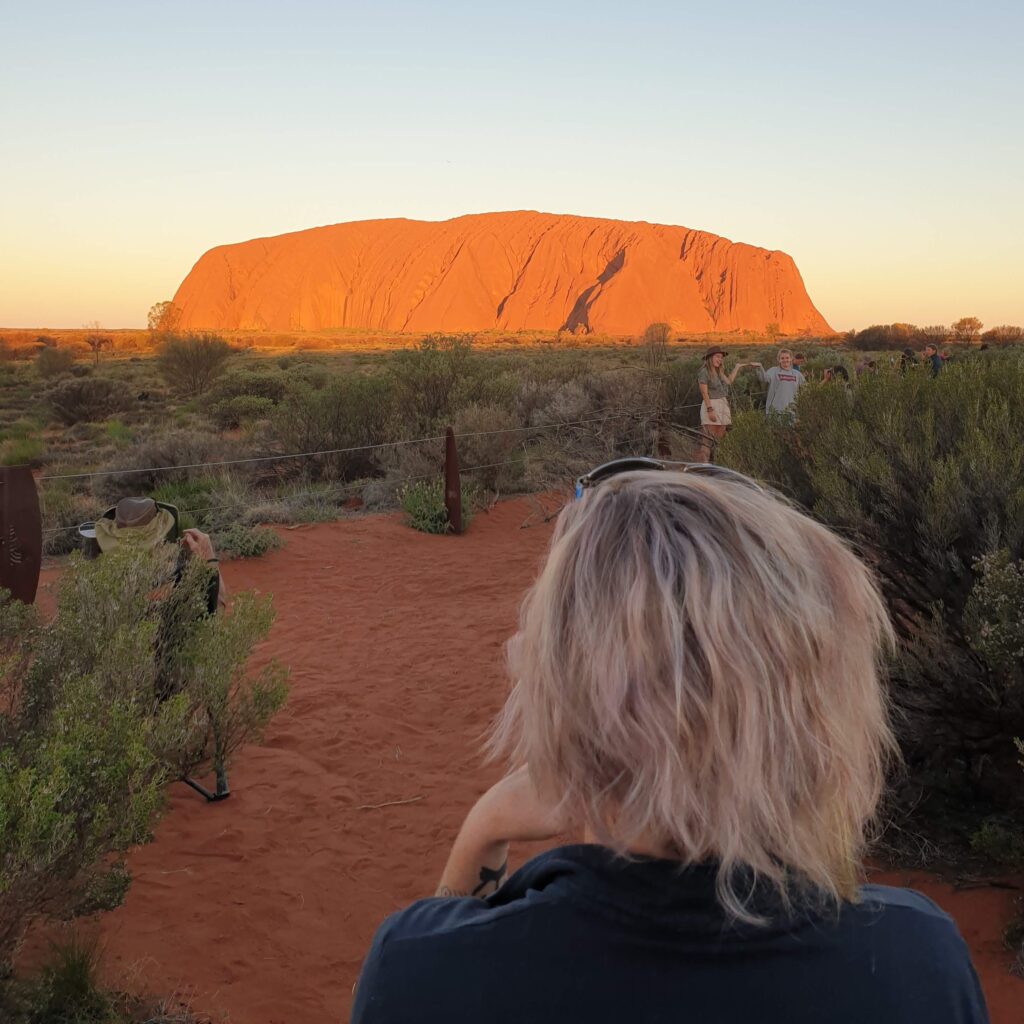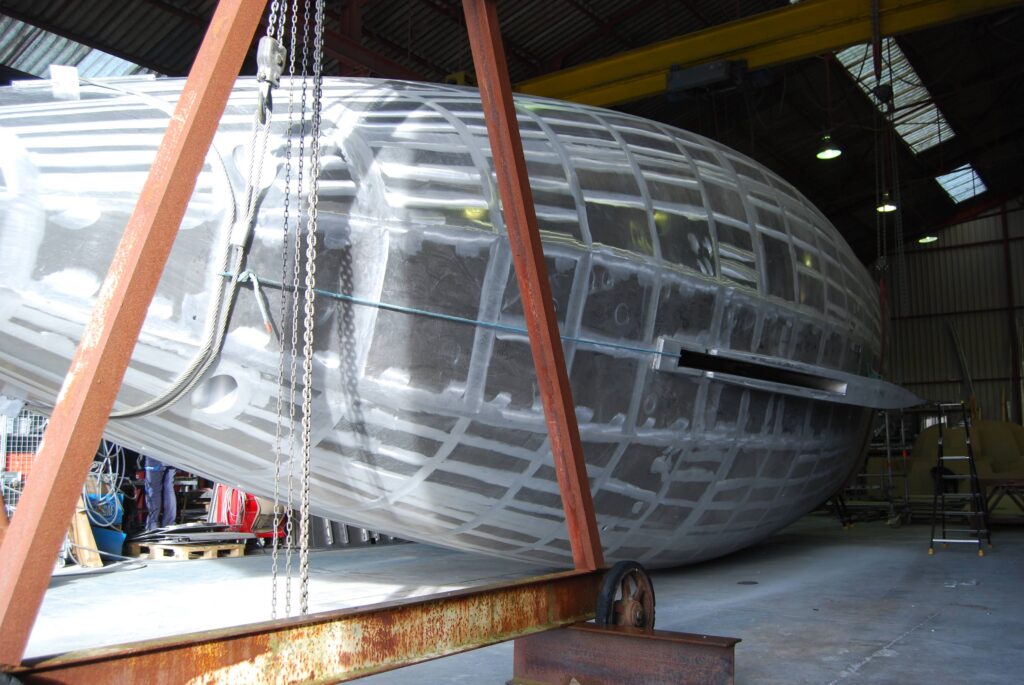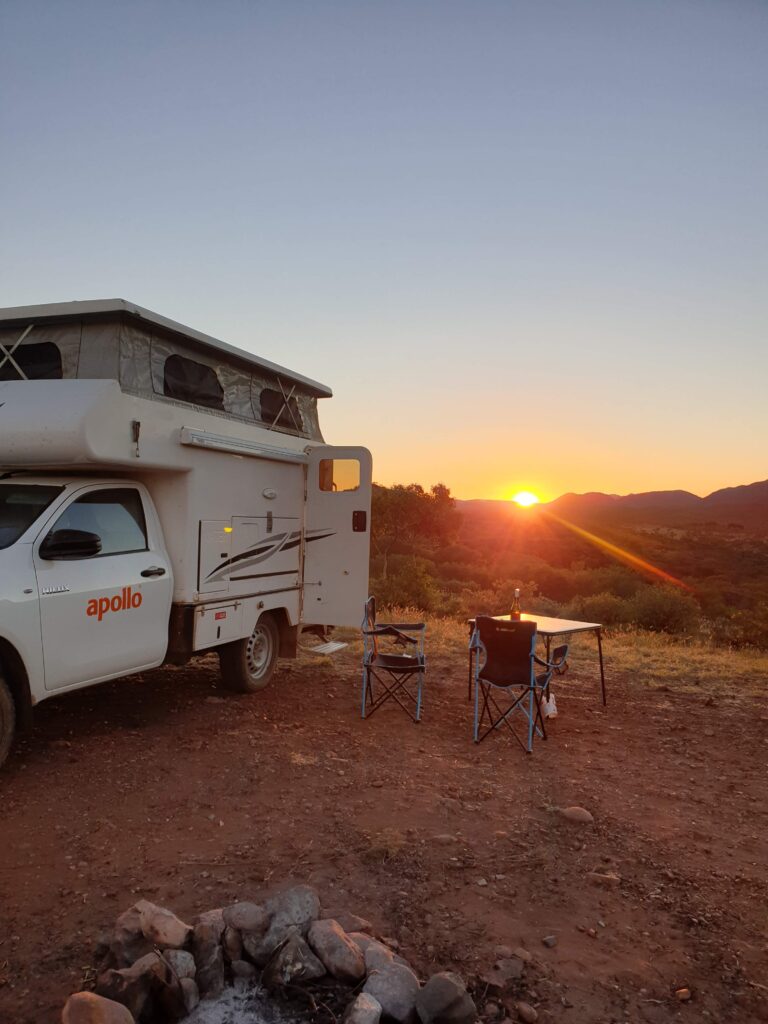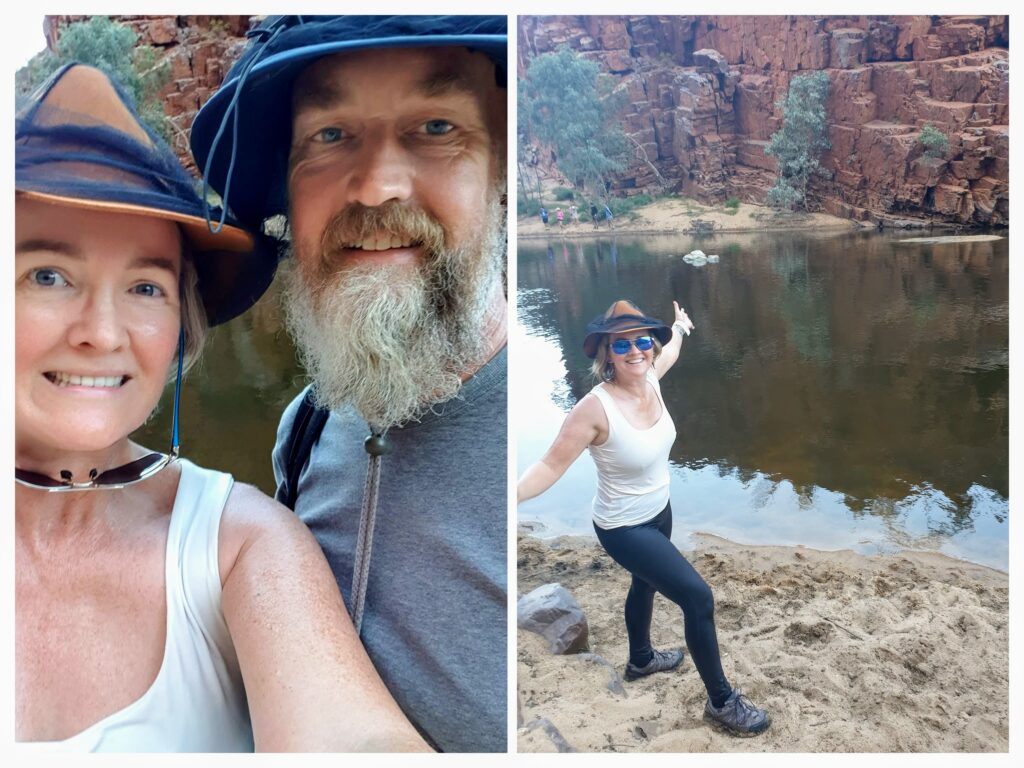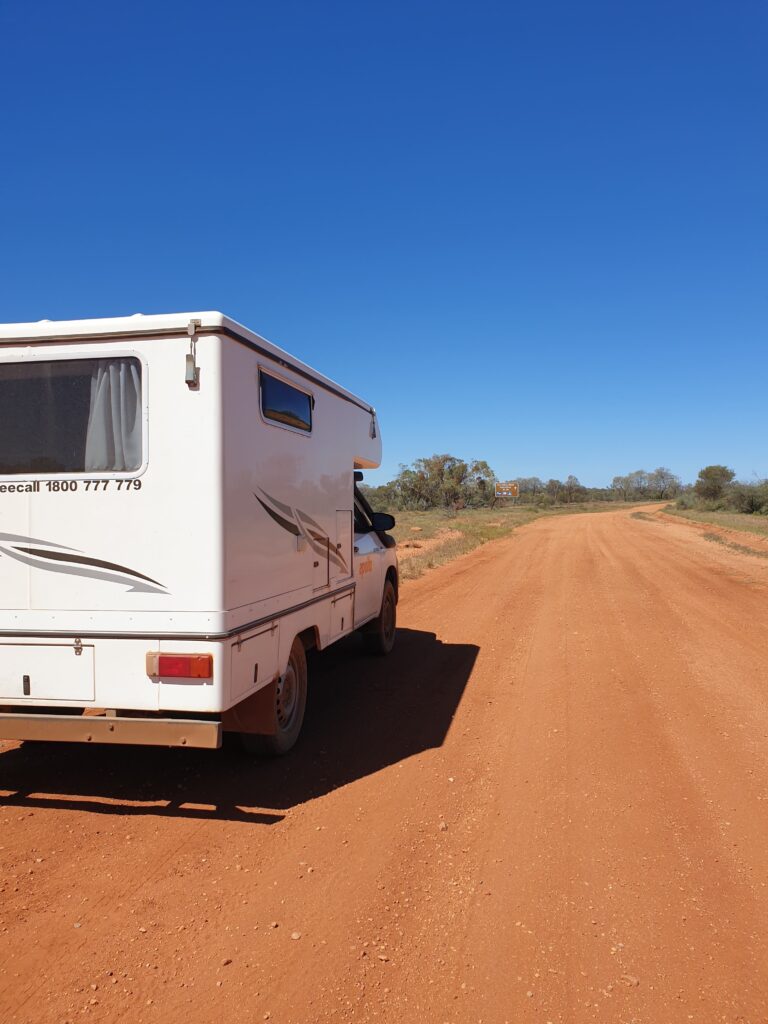By Adrian
We left the throngs to Uluru and turned right into the Gibson desert. The Outback Way is a million miles of dirt road traversing the continent, with the occasional short tarmac section accompanied by a sign proclaiming a federal government improvement project. Chatting to a worker at one of the upgrade sections he mentioned the dream of tarmac running from Western Australia to Queensland. I asked when he thought it might happen. He smiled and looked away into the desert.
The dulcet tones of ‘Dark Emu’ by Bruce Pascoe accompanied us as we headed deeper into outback. We were amused by the European definition of desert: ‘an area unsuitable for wheat and sheep’. Indeed the south Gibson desert was not sand dunes as one might imagine, but a series of vegetated landscapes. We had grown up learning the carefully orchestrated ‘hunter gatherer’ story taught in schools. In Dark Emu we found a very different Australian civilisation presented in the early explorers journals.

Every few hundred meters along the Outback Way another abandoned car pays homage to the fragility of modern technology. Shaken out of existence these vehicles are left to rot where they died forming a sort of museum of automotive history. Ford’s from all ages seemed overrepresented although its unclear if due to popularity or engineering.

Our pop-top 4wd Hilux was referred to as a ‘snail’ when we visited a station in the East MacDonnalds. It seemed appropriate as we slowly traversed the landscape carrying our home with us. There are many un-signposted camping areas just off the road. We can sneak into these as the flies go down, light a fire and watch a billion stars appear over the fading carcases of bygone cars.

Camels cross the road ahead and pause to observe us as we slide to halt behind them. The look of bemusement on their faces suggests this may be the first camera toting white snail full of excited waving tourists they had seen today. They meander slowly into the bush no doubt more worldly and with stories to tell the grandkids.
On day 3 we rattled off the last section of dirt road and arrived at Laverton, a type of civilisation with which we are familiar. The friendly staff at the information centre made approving noises at our outback expedition as they served us coffees and cake. The books in the information centre told of early European explorers enduring hardship in the outback, but likely nothing compared to a million teeth clattering, bone jarring, buttock clenching miles in a white snail.
Glossary:
Corrugations – road surface designed to shake vehicles to destruction
Outback Way – parking lot for vehicles that take on the corrugations and lose
Rough Surface – a smoother section of road in an otherwise rough road surface
Floodway – section of road where vehicles travelling at 110kmph meet piles of sand and rocks
Washout – section of road now located downstream
Point of interest – an unusual tree, a wooden cross, a large rock, writing on a burnt out car
Corner – a rare road feature worthy of signposting
Mountain – any land 20m or more higher than the surrounding land
Road train – large red dust storms moving across the landscape
Tyres – temporary vehicle attachments mostly used as road art
Federal Road Sealing Project – a signpost, 2km of sealed road, 50km of road works
Waving – competition to get the most responses from oncoming traffic
Oncoming traffic – 3 hourly occurrence indicating time for driver change
Grid noise – compulsory ‘weeeeehhhhyuuup’ noise made before crossing a grid
Tarmac – a mirage made by heat on red dirt road
Red dirt – stuff coughed up after 3 days on the road




